I attended RWA 2017 last month. There’s something freeing about attending workshops and classes for writing that is outside your genre. For one thing, it’s a not so gentle reminder that good writing is good writing no matter who your ultimate audience is. But the best part is that different genres approach craft differently, and it’s nice to look at writing from other perspectives.
For instance, after being at RWA, I’ve been thinking about the antagonist (or villain) of my works very differently. I’ve always considered my antagonist purely as a function of the story. He/she (or it) exists solely as the monkey wrench that wrecks my protagonists’ easy journey to meeting their goals or having their wants/needs fulfilled. In many ways, this kept my antagonists from becoming fully developed characters. Sure, I was making them realistic and taking them away from a stereotype. Yes, they were still thwarting the protagonist in interesting and novel ways. Still, I was cheapening both them and their stories.
Instead, I now consider my antagonists’ wants and needs and their goal in the same way that I do my protagonists. After all, every antagonist considers themselves the hero of their own story. No one considers themselves the villain, and most of the time, antagonists are not the pure embodiment of evil. They are their own distinct persons, and they need to be respected as such.
So, ask yourself the following questions, and take the time to explore your antagonists. After your protagonist, they are the most important character in your story.
- What is my antagonist’s motivation. Why do they do what they do?
- What does my antagonist need? What do they need to do to get this?
- What is my antagonist’s external goal?
- How do my antagonist’s goals and my protagonist’s goals directly contradict one another? How does this cause the story’s conflict?
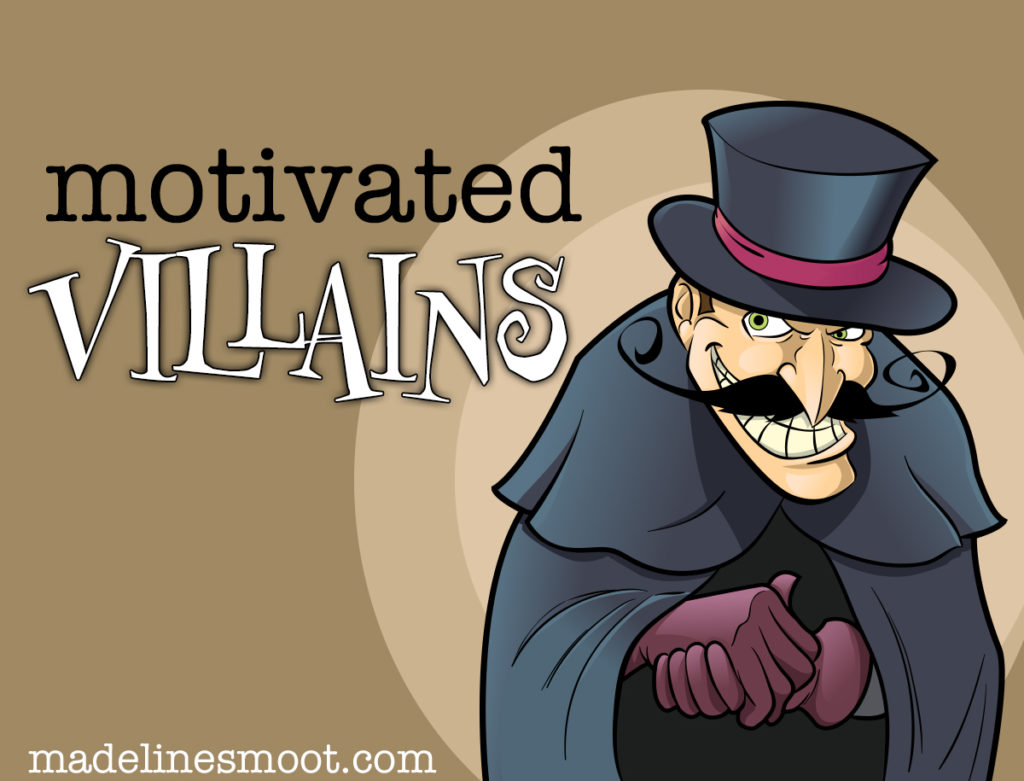
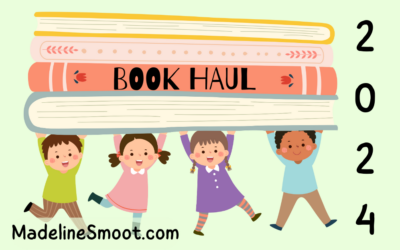
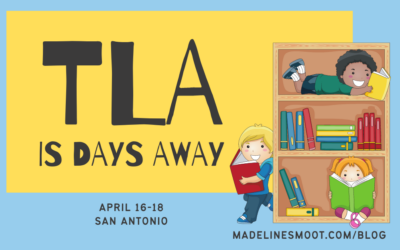
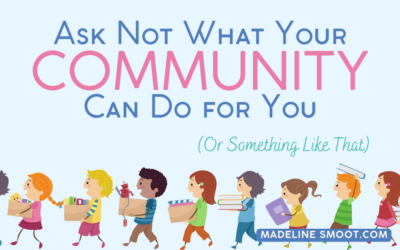
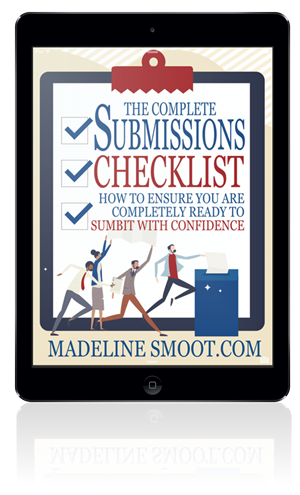
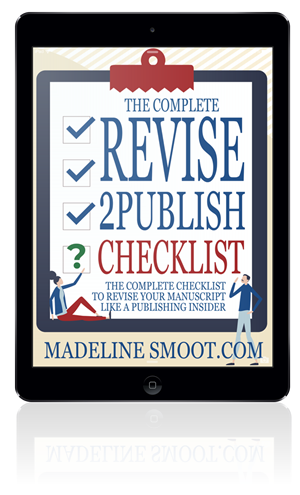
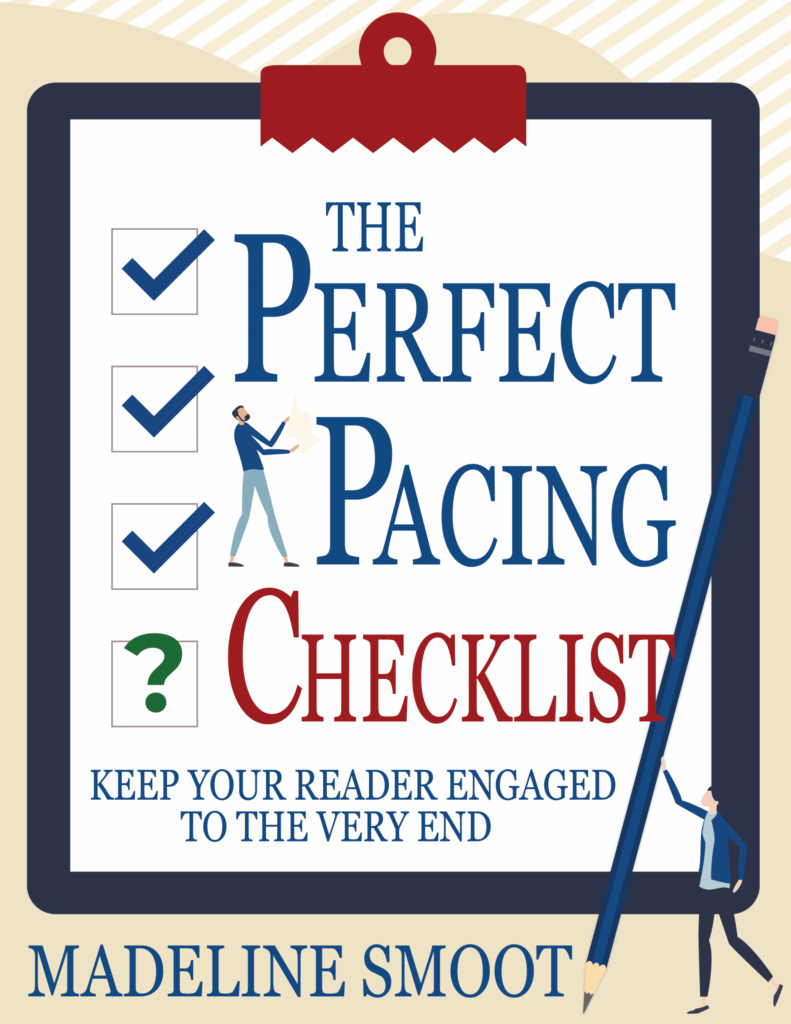
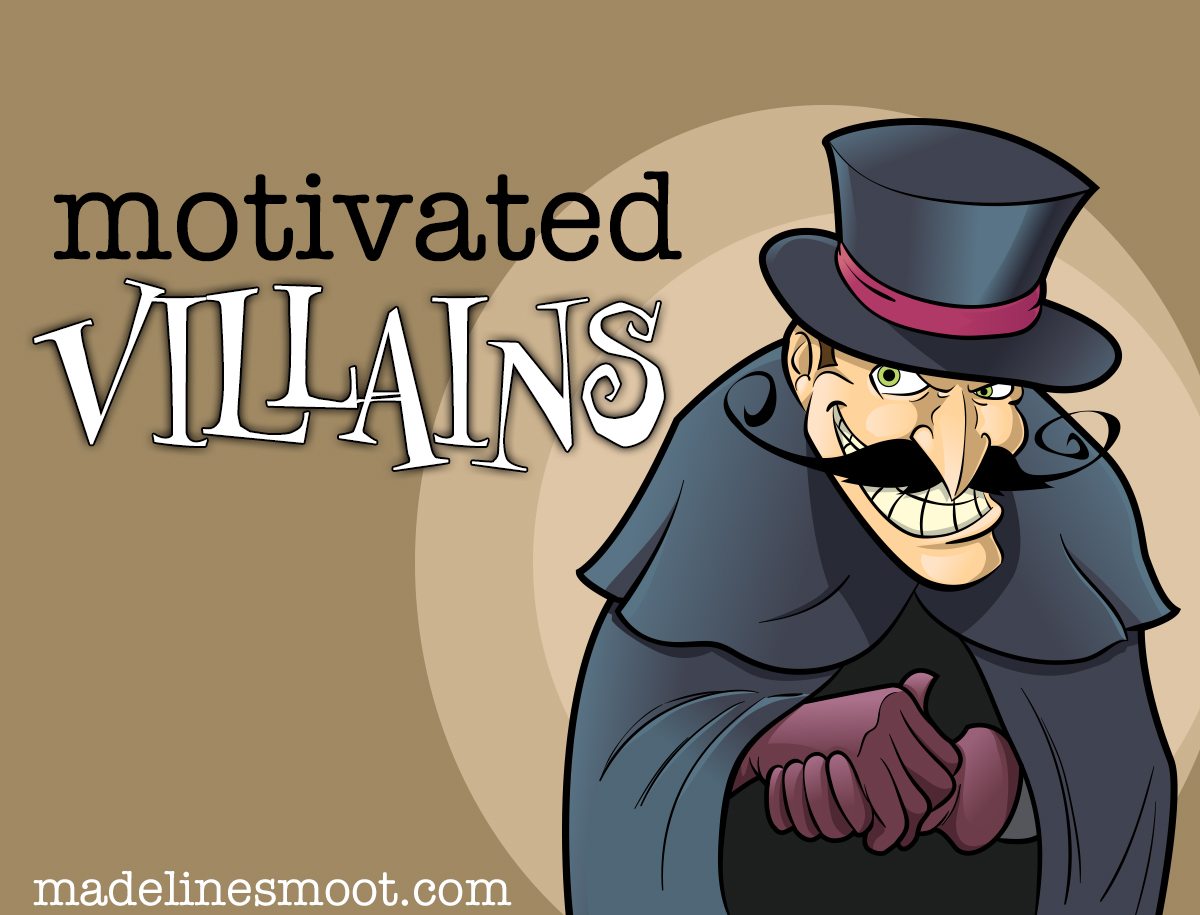
You must be logged in to post a comment.